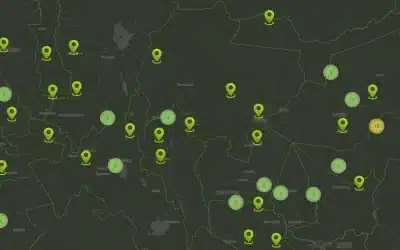Flooding Hazards
A hazard refers to any situation, condition, substance, or event that has the potential to cause harm, damage, or adverse effects to people, property, or the environment. Hazards include natural disasters such as earthquakes, floods, hurricanes, wildfires, as well as human-made hazards such as industrial accidents or pollution. GIS mapping of hazards is crucial in understanding their occurance and magnitude. Hazard mapping is a process used to identify, assess, and visualize potential hazards in specific geographic areas. Hazard mapping using GIS entails identifying and delineating hazard-prone areas that are exposed to the risk of flooding, based on the probability and magnitude of the flood events as it has been experienced in Kenya. The purpose of GIS hazard mapping is therefore to provide the valuable information for decision-making including the risk management, emergency preparedness as well as response planning.
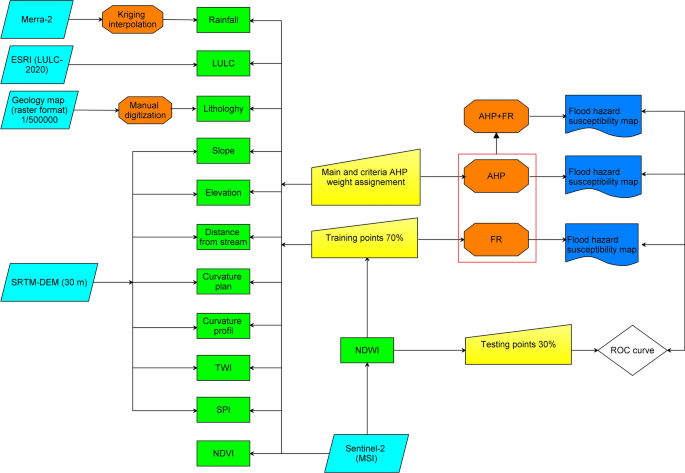 GIS and remote sensing can help disaster managers create and update hazard maps by using remote sensing data, such as optical and radar images, to detect and measure the extent and depth of the flood waters. GIS can also incorporate the hydrological models, such as rainfall-runoff and flood routing models, to simulate and forecast the flood scenarios under different conditions and instances. By overlaying the hazard maps with the latest satellite or drone images, land use and infrastructure data, GIS can help the disaster managers identify the critical assets and facilities that are at risk of flooding, including the roads, bridges, power lines, hospitals as well as schools. Hence, GIS helps disaster risk managers in making informed decisions on appropriate actions to be taken to mitigate flooding menace.
GIS and remote sensing can help disaster managers create and update hazard maps by using remote sensing data, such as optical and radar images, to detect and measure the extent and depth of the flood waters. GIS can also incorporate the hydrological models, such as rainfall-runoff and flood routing models, to simulate and forecast the flood scenarios under different conditions and instances. By overlaying the hazard maps with the latest satellite or drone images, land use and infrastructure data, GIS can help the disaster managers identify the critical assets and facilities that are at risk of flooding, including the roads, bridges, power lines, hospitals as well as schools. Hence, GIS helps disaster risk managers in making informed decisions on appropriate actions to be taken to mitigate flooding menace.
GIS Flooding Hazard Mapping Process
Hazard mapping is the first step towards understanding the nature, magnitude and extent of flooding menace in a given locality. To accomplish this, the following workflow should be adopted.
Field Data Collection: The process of gathering relevant data from various primary and secondary sources such as historical records, scientific studies, remote sensing, and GIS is a prerequisite. This data might include the information on past occurrences of flooding hazards, geological and environmental factors, population density, infrastructure, and land use among others. Presently, the adoption of drone technology has also proved to be an ideal and go-to solution in flood hazard data collection especially in areas which are risky or inaccessible. Flood modeling in GIS is also possible and may incorporate various datasets such as the Digital Elevation Model (DEM), Digital Surface Model (DSM), Rainfall data, satellite or drone images, land use/land cover and soil classification data as shown in figure 1 below.
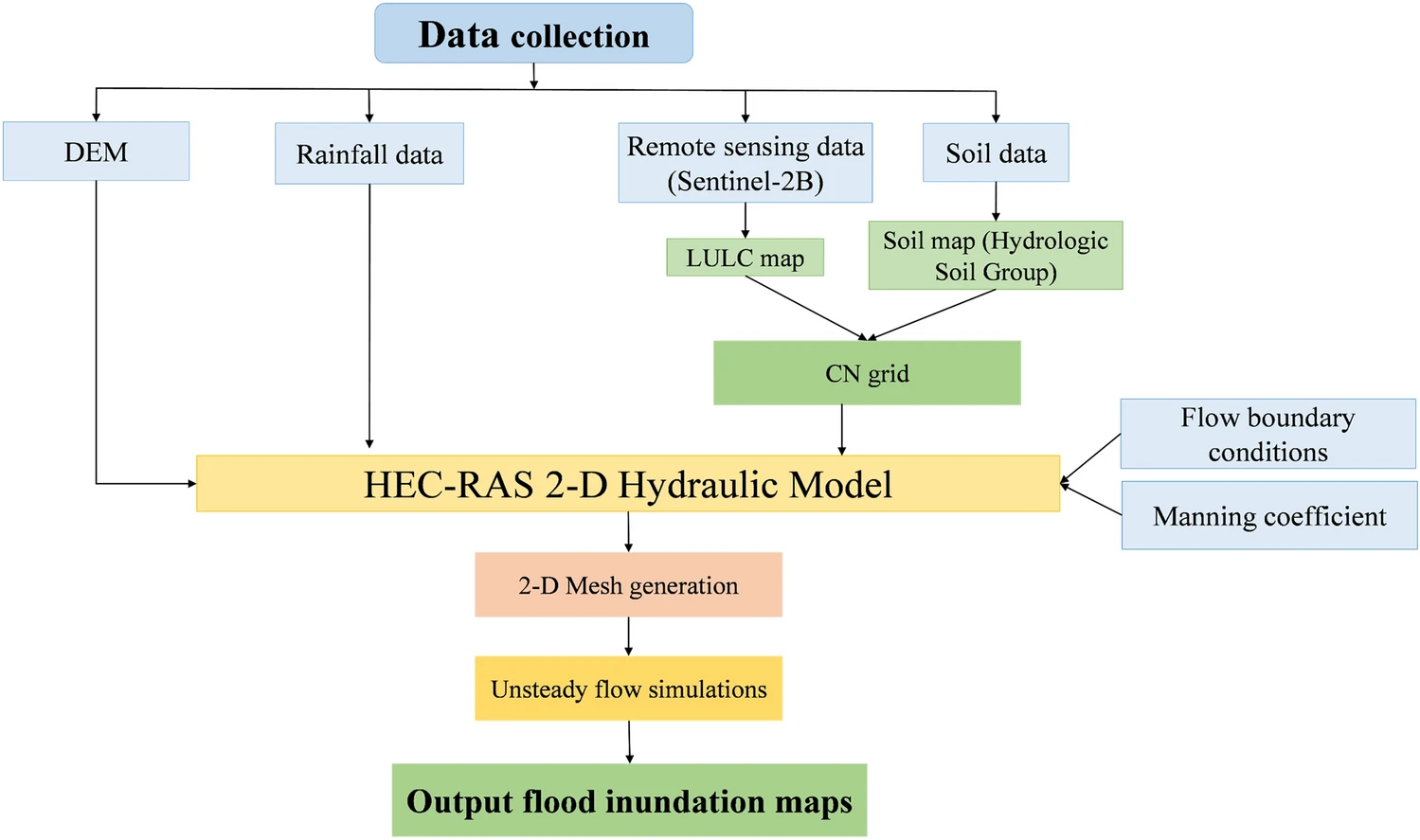
Figure 1: Flood Hazard Modeling in GIS (Source: nature.com)
Flood Risk Assessment: This process entails analyzing the collected data to assess the likelihood or probability and potential impact of different flooding hazards occurring in the area. This may involve considering the factors such as frequency, magnitude, vulnerability of populations and assets, and exposure to the flooding hazard.
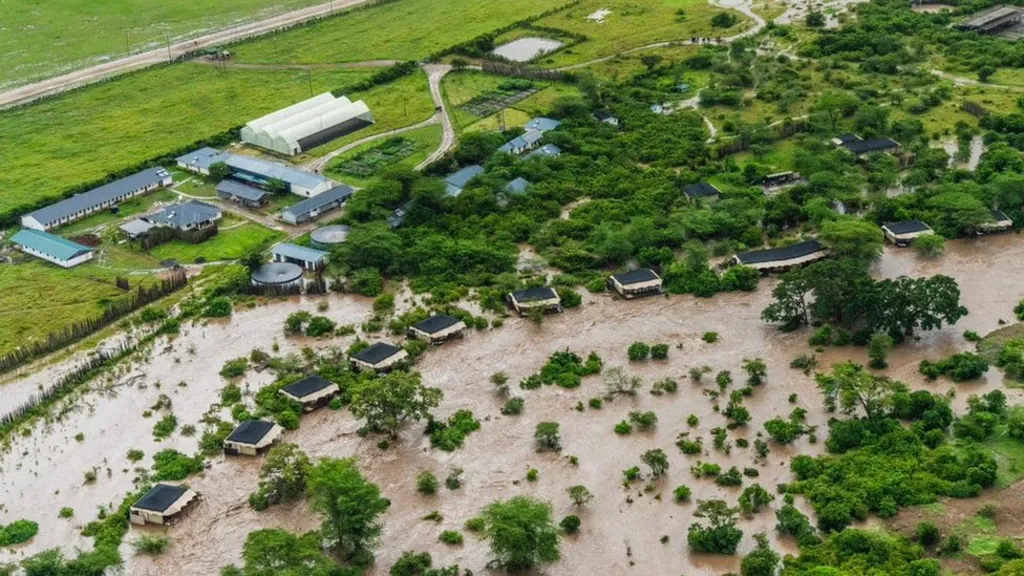 GIS Mapping and Analysis: Using GIS and remote sensing software or other mapping tools to visualize the spatial distribution of flooding hazards, vulnerabilities, and risks. The flood hazard maps can take various forms, including thematic maps, heat maps, and risk maps, and they often employ the use of colour coding or symbols to represent different levels of flood risks. The mapped data can also be shared on a GIS web or online map so that the information can reach a greater audience. Furthermore, a mobile GIS incident reporting app can also be developed and configured so that real time flood incidents can be mapped and data relayed to the central repository and later displayed via online maps.
GIS Mapping and Analysis: Using GIS and remote sensing software or other mapping tools to visualize the spatial distribution of flooding hazards, vulnerabilities, and risks. The flood hazard maps can take various forms, including thematic maps, heat maps, and risk maps, and they often employ the use of colour coding or symbols to represent different levels of flood risks. The mapped data can also be shared on a GIS web or online map so that the information can reach a greater audience. Furthermore, a mobile GIS incident reporting app can also be developed and configured so that real time flood incidents can be mapped and data relayed to the central repository and later displayed via online maps.
GIS Data Interpretation: The information shared via the hardcopy maps or charts should be analyzed and examined to identify spatial patterns, trends, and areas of particular flooding concern. All stakeholders such as government agencies, emergency responders including The Red Cross, community groups, and residents in affected areas may also be involved in this process to provide insights and perspectives especially on a historical occurrences of floods. This will help in better planning, management and mitigation of future flooding hazards.
Communication to Public: Presenting the hazard maps (via online repositories or Geoportals) and associated findings in a clear and accessible manner to relevant stakeholders and the public is paramount. The effective communication is crucial in raising awareness, promoting understanding, and facilitating informed decision-making.
Risk Management and Planning: Using the information from flood hazard mapping to develop strategies and policies for reducing or mitigating the risks posed by such hazards. This may involve measures such as land-use planning, zoning regulations, infrastructure improvements, emergency response plans, public education campaigns, and environmental conservation efforts such as afforestation.
Assessing the Flooding Hazard in Kenya
According to Oxfam, climate change results in more intense rainfall. This increases the chances of flooding because warming means the air can hold more moisture (for every 1℃ of warming, the atmosphere can hold 7% more moisture). Climate change also makes connecting extreme weather events more likely. For example, stronger heat and dry conditions result in parched soils. Parched soils increase the risk of flash flooding when it rains. On top of how heavy and how much rainfall there is, other factors play a role e.g. soil moisture, snow cover, infrastructure and land use.
Also read this captivating article >> What is Geographical Information Systems – GIS?
Flooding is a recurring natural hazard in Kenya, particularly during the rainy seasons. Several factors contribute to flooding in the country. They include: heavy rainfall, poor drainage systems, deforestation, land-use changes, and urbanization. In a global perspective, there are many causes of flooding in various countries. In particular, Kenya has experienced its worst flooding menace during the months March – May 2024. But what are the major causes of flooding in the Kenyan perspective?
-
Rainfall Patterns: Kenya experiences two rainy seasons; the long rains from March to May and the short rains from October to December. Early in January 2024, The Kenya Meteorological Department had issued an alert that the country was highly likely to experience long rains which would result to flooding and destruction of property. It has happened!! The intense rainfall that has been experienced during these periods led to the flooding especially in low-lying and poorly drained areas, this led to loss of life and destruction of property .
-
Topography and Terrain: The topography of Kenya varies significantly, from coastal plains to highlands and rift valleys. Areas with low elevation, such as coastal regions and river valleys, are more prone to flooding, as water naturally flows to these lower areas before being discharged to the lakes or Indian Ocean.
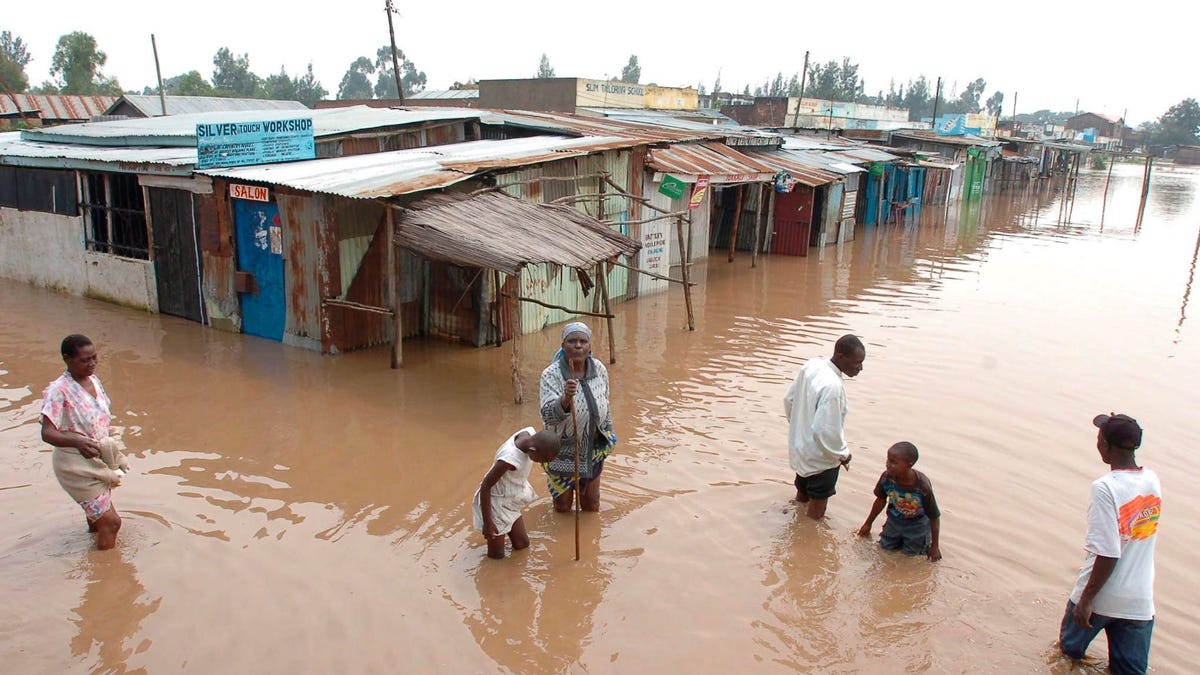 Rapid Urbanization: Rapid urbanization in cities such as Nairobi, Kisumu and Mombasa has led to the expansion of informal settlements in flood-prone areas, where inadequate infrastructure exacerbates the impact of flooding on the vulnerable populations (See sample photo here). As well, unplanned informal settlements in the cities have been allowed to develop around the rivers, sometimes disrupting their natural flow. Many of the slum areas in Nairobi city, such as Mukuru and Mathare, have been built on marginal land along river valleys.
Rapid Urbanization: Rapid urbanization in cities such as Nairobi, Kisumu and Mombasa has led to the expansion of informal settlements in flood-prone areas, where inadequate infrastructure exacerbates the impact of flooding on the vulnerable populations (See sample photo here). As well, unplanned informal settlements in the cities have been allowed to develop around the rivers, sometimes disrupting their natural flow. Many of the slum areas in Nairobi city, such as Mukuru and Mathare, have been built on marginal land along river valleys.- Deforestation and Land Degradation: The deforestation and land degradation contribute immensely to soil erosion, reducing the land’s ability to absorb and retain water thus increasing the surface run-off. This heightened run-off can often lead to flash floods and soil erosion during heavy rainfall events.
- River Flooding: Kenya’s major rivers, including the Tana, Athi, and Nzoia, have overflown their banks during the March to May 2024 periods of heavy rainfall period, causing flooding in several counties in Kenya. Still, the poorly planned development along the riverbanks exacerbates the risk to communities living in these areas.
- Impact on Communities: Flooding in Kenya has had significant social, economic, and environmental impacts. For instance, in the wee hours of Monday morning on 29th April 2024, Old Kijabe dam burst its banks leading to the loss of more than 60 people! It’s evident that flooding damages homes, infrastructure, crops, and livestock. This leads to the displacement, loss of livelihoods, food insecurity, and the spread of waterborne diseases such as cholera and malaria.
-
Government Response: Although the response from The Kenyan government has been criticized by its citizenry, the government along with humanitarian organizations e.g. Red Cross and community groups, implements various measures to mitigate the impacts of flooding. These include early warning systems, construction of flood defenses and drainage systems, provision of emergency shelter and relief supplies, and community-based disaster preparedness as well as response initiatives.
Use of GIS in addressing Flooding challenges in Kenya
The Institution of Surveyors of Kenya (ISK) which is a professional body that brings together professionals who provide services in the Land built sector gave key actions that the Kenyan government need to take to address the flooding menace. Some of these actions include:
- Declaration of all storm water outfalls as public spaces; Also land uses on the riparian reserves should be controlled and strictly monitored;
- Urgent baseline surveys of affected areas through Geospatial techniques like aerial survey and mapping should be undertaken;
- Repeat aerial mapping post-flooding should be undertaken to facilitate the post-analysis and hydrological studies. ISK note that continuous observation and data collection will inform future measures that will help curb the situation. The Government should ensure regular mapping as espoused in the draft Survey and Mapping Policy;
- Utilization of historic satellite data to identify and implement corrective measures such as storm drainage systems, channels, tunnels, dykes, and dams.
- Ensure that we conduct topographical surveys of construction sites before development. The surveys can also be used on all water bodies to determine the highest water mark of which human activities should be restricted.
- Harmonizing and strictly enforcing laws regarding riparian reserves to protect… Continue reading…
The efforts to address flooding in Kenya require a multi-faceted approach that integrates land-use planning, the infrastructure development, environmental conservation, the disaster risk reduction, and community resilience-building measures. Long-term solutions should aim at reducing vulnerability to flooding while enhancing the country’s capacity to adapt to changing climatic conditions.
GIS Course in Disaster and Hazard Risk Management
Get relevant GIS skills at our OGC training institution >>> GIS for Disaster and Hazard Risk Management Course







